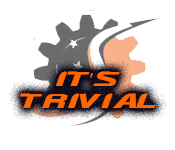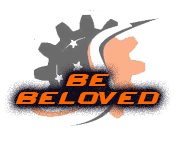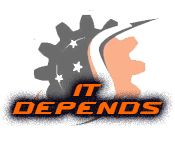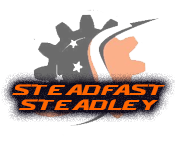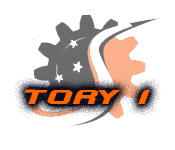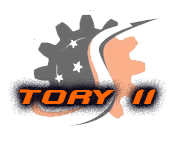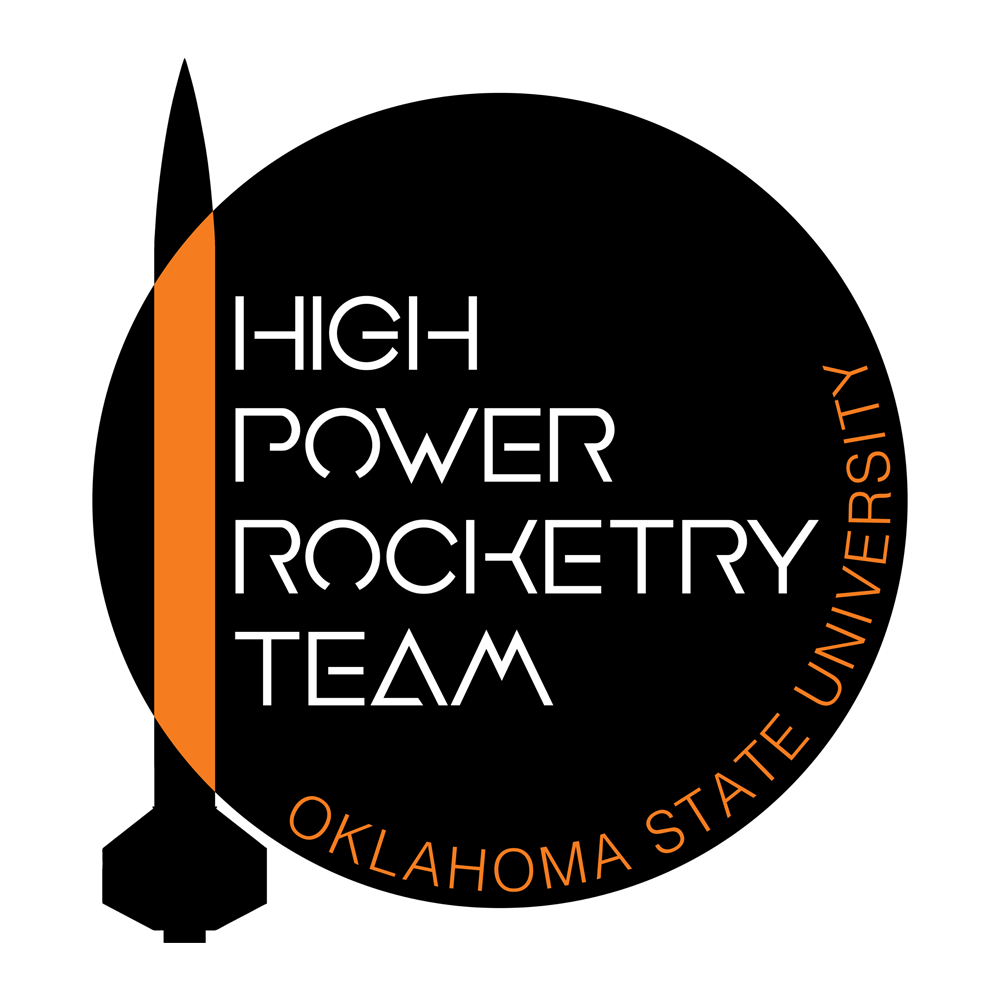
Member Resources
High-Power Certification
High-power rocketry is regulated by a number of organizations including the FAA and NFPA. Fortunately, flying rockets is easy thanks to the Tripoli Rocketry Association (Tripoli or TRA) and National Association of Rocketry (NAR). Both of these organizations have clubs across the country that host launches throughout the year, handling insurance, safety, and launch equipment on the ground. With flying high-power rockets, both of these organizations have three levels of certification: Level 1, Level 2, and Level 3. Each of the levels allows a flyer to buy and launch larger, more powerful rocket motors. This is like a license to operate larger rockets.
Members of the OSU Rocketry Team are encouraged to obtain at least a Level 1 Certification through Tripoli. NAR and Tripoli have many similarities; however, Tripoli allows for the launch of research motors, i.e. motors designed and built by an individual, rather than purchased commercially. Level 1 allows individuals to fly H and I motors. Level 2 allows individuals to fly J, K, and L motors, as well as research motors up to that size. Level 3 is for M motors and beyond. No certifications are required for A-G motors, and a full list of motor classification can be found here.
The certification process is exciting, and allows you to build, simulate in OpenRocket, launch, and recover your own high-power rocket. Many materials can be borrowed from the rocketry team for a launch including epoxy, parachutes, and motor hardware.
We are working to include information about certification packages offered through the team here online very soon. Here are a number of helpful resources and links:
- Apogee Rockets, High-Power and Certification and Introduction to Level 1 video
- Apogee Rockets, Rocket Motor Basics
- Tripoli Rocketry Association
- Aerotech Consumer Aerospace Motor Catalog – we have flown mostly Aerotech rocket motors, and we have almost every piece of hardware to support flights on Aerotech
- Madcow Rocketry – great high-power rocket kits and components. All of our team’s members have certified on 3- or 4-inch diameter kits such as the DX3
- Kloudbusters – this is the Tripoli club we fly with in Argonia, KS throughout the year
OpenRocket
This is the simulation program we use to model scratch-built rockets. It allows you to size rockets, check for stability, and simulate flights on commercial rocket motors. Best of all, it is free to download and use. The link is here. It requires Java to run, and even has several example models pre-installed that serve as good guidelines for getting started.
DML White Badge Training
The Design and Manufacturing Laboratory (DML) is located north of the main OSU campus and contains a machine shop, work spaces for other competition teams, and our team’s Rocket Room. Gaining access to the DML requires a “white badge” which follows after passing lab safety training. Signups take place throughout the semester and can be found here. Upon completion of the training, you can pick up your white badge from the lab manager. The badge itself allows students to check out equipment and certain room keys. You can also gain access to the building after hours with your student ID.
Competitions
There are two primary competitions that the team has participated in (and won).
- Argonia Cup – we are the 2017 and 2018 champs. The objective is the carry a golf ball payload to 8000 feet and recover it as close to the launch site as possible. We have also had a senior capstone team enter in addition to the team. This competition takes place at the same launch site we fly at throughout the year.
- Spaceport America Cup – competed in 2017 and 2018 in Las Cruces, NM. The objective is to fly an 8.8lb payload as close to 10,000 feet on a commercial motor as possible. There are other categories including a target altitude of 30,000 feet, research solid motors, and hybrid and liquid categories.



